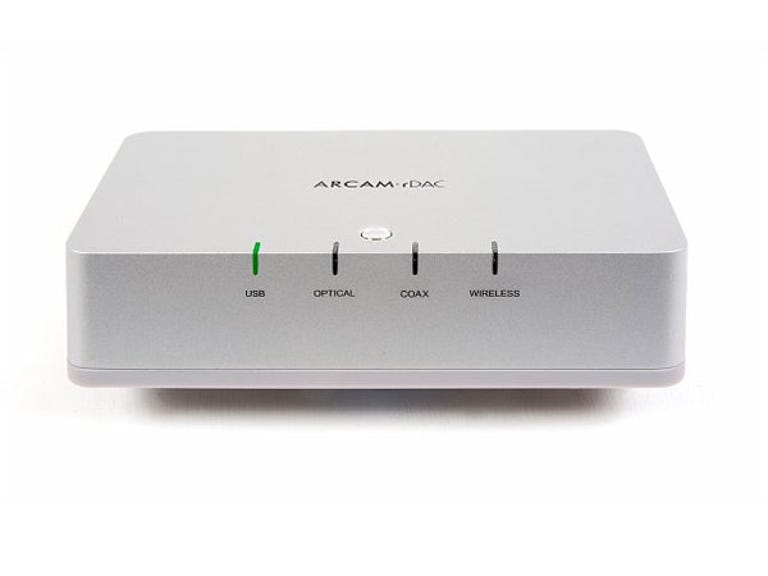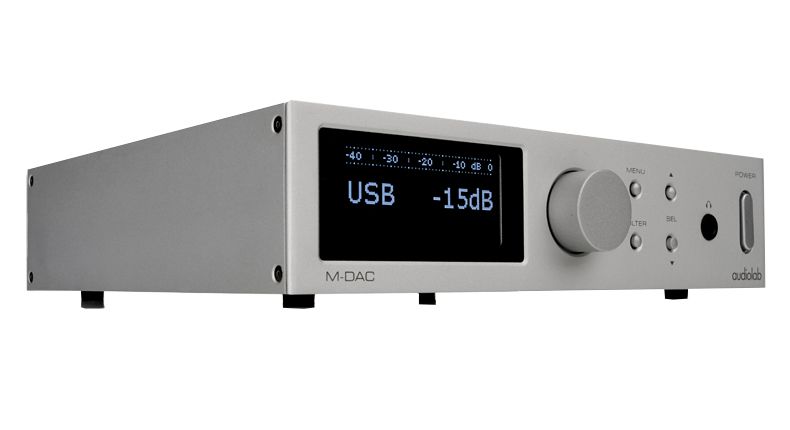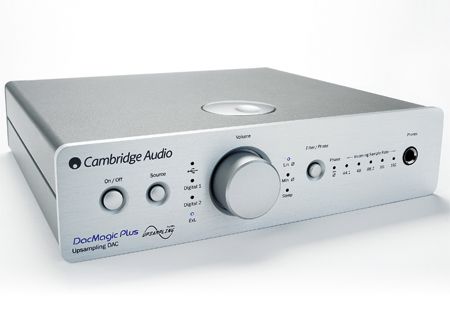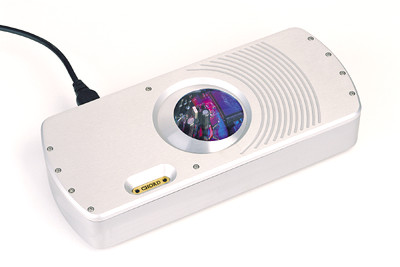When Chord Electronics’ first Hugo portable DAC/headphone amplifier debuted at CES in January 2014, the world knew it was something unique – so excellent, in fact, that many people bought it to use as their primary digital converter rather than as a travel companion. That’s not to imply it was flawless; eager early users quickly discovered its flaws. The sockets weren’t as tough as I’d hoped, and the Bluetooth was a bit shaky. It was also difficult to use due to the numerous small buttons that required to be pressed; it was not user-friendly.
The Hugo 2, which was released in 2017, was more expensive at £1,800, but it was better built, easier to operate, and a far more fulfilling ownership proposition. The 0.45kg, 20x100x130mm case is more modern in appearance, having removed its ‘blobby’ style from the 1990s. It’s more angular, which gives it a more purposeful appearance, and the aircraft-grade aluminium case is also more durable. It has four spherical control buttons that regulate power, source, filtering, and cross feed crossfeed. The top-mounted color-coded volume-control sphere from the original Hugo has been kept and enlarged for simpler operation. Importantly, the redesigned Hugo now fits much more securely on a shelf and is much easier to use, which is aided by the addition of a remote control.
If the adjustments had ended there, we would have been OK — the most of the oldie’s difficulties would have been resolved. Hugo 2 is more than just a fresh look; it’s a completely new device on the inside, representing a significant advancement in Chord’s digital conversion and filtering technology. Rob Watts, the original’s inventor, has substantially altered it with a 49,195K tap-length filter, nearly double that of the original. It does it by using a bigger Field Programmable Gate Array (FPGA) and sophisticated Watts Transient Aligned (WTA) filters. The Hugo, like the rest of the Chord line, does not use store-bought converter or filtering chips.
“Given the FPGA available in July 2013, the original was the best that could be done,” Rob adds. “Compared to earlier designs I’d done, Hugo had remarkable musicality and set a new standard in performance thanks to a six-year effort of refining all of the DAC’s primary modules.” Because the new one has a better FPGA, I can raise the WTA (interpolation filter) to provide a more accurate reconstruction of the original analogue signal in the ADC. I have improved noise-shapers that provide more precision for tiny signals. As a result, the feeling of stage depth and fine resolution improves. Better op-amps are now available, resulting in about half the noise and even lower noise-floor modulation than before. With the increase in distortion with increasingly demanding loads, I added a second-order analogue noise-shaper to Hugo’s single amp. This has enhanced isolation from the battery power supply, and the new mechanism ensures that sound quality remains consistent even under difficult loads. To improve resolution and reduce distortion and noise, we now use a ten-element pulse array.”
“There’s an upgraded USB input with DSD512 and 768 kHz capability, as well as the ability to work with the new M-SCALER featured on our new BLU MK2 digital/CD transport,” he explains. I’ve also included a four-stage filter option, which allows the user to fine-tune the sound quality to their liking. The industrial design was modified by John Franks, who made it cleaner and sharper, and we added Mojo’s visual back-lit switches for ease of use. We also added a remote control for the new model because we recognized that Hugo’s enormous popularity was due in part to music fans using it in their major hi-fi systems.”
Chord displays its status via colorful LEDs rather than a traditional display. This is both good and bad; it’s bright and colorful (obviously) and a refreshing change from the ordinary, but it requires you to “learn” the user interface, which some may find tedious. The four “spheres” light up in different ways depending on which mode is selected; for example, the battery indication changes from red to orange to green to blue to indicate whether the battery is completely charged or not. Depending on whether it’s fast or trickle charging, it’s red or light blue when it’s charging. The sample rate indication, on the other hand, is a genuine difficulty; it’s red at 44.1kHz, orange at 48, yellow at 88.2, green at 96, turquoise at 176.4, navy blue at 192, and so on, with varying hues all the way up to 768kHz. To make things easier, DSD has only one color – white, which isn’t technically a color! The volume control cycles through all of the rainbow colors, and it goes lilac if you click the X-PHD button on startup to activate the direct line-level output.
I’ve always believed the original’s output stage was a major bottleneck, and the new model replaces the inline capacitors with digital DC servos. As a result, there is now a little switch-on delay, although this isn’t a problem. The Hugo has a seven-hour battery life, and the charging technology has been upgraded to micro USB, making it much easier to find a power source when on the road. It has two charging modes: rapid (1.8 amps) and trickle (less than one amp), as well as a battery charge indicator.
Hugo 2 has significantly greater links to the outside world than the original, which was quite cumbersome to use. The optical, coaxial, and USB digital input sockets appear to be more durable, and they’re labelled with laser-ablated function-lettering. Unfortunately, there is no full-size RCA phono coaxial digital input; instead, a 3.5mm connector is used. Hugo 2 runs at up to 768kHz in PCM mode and up to DSD512 in DSD mode via USB (Octa DSD). RCA stereo phono connections, as well as 3.5mm and 6.3mm headphone outputs, are among the analogue outputs. Headphone users will like the Crossfeed feature, which has three modes of operation and is controlled by one of the LED control spheres. It sends a 400 millisecond delayed and shaped signal to the opposite channel from each left and right output, giving you a more loudspeaker-like listening experience if you want it.
The timing of the first Hugo – and indeed various Chord DACs following the DAC64 – struck me as particularly interesting. There’s something unique about the way they perform music — it just ebbs and flows in a natural, unforced manner. That’s exactly what you’ll get with the new Hugo 2, only it’s even better. Take Oscar Styles from the Nu Era, for example. Marc Mac of 4hero has created a wonderful piece of throwback techno. The new Hugo scythes through the mushy, murky mix to create a really pleasing sound. It’s hardly an audiophile recording by any stretch of the imagination. Hugo 2 succeeds on two levels: it has a fantastic sense of musical flow and wonderful intonation. It sounds incredibly bouncy through USB from a MacBook Pro on its internal battery, running Audirvana Plus, as if you’re on some sort of musical trampoline. The sound of the old Oxford Synthesiser Company OSCar keyboard, on the other hand, is substantial – you can almost reach out and touch it. The Hugo 2 adds a level of depth to instruments — and even human voices – that its predecessor lacked. As a result, there’s plenty to like in the music: Fun rhythms set behind layers and layers of brilliantly textured sound.
When you switch to a better recording with acoustic rather than synthetic instruments and voices, such Crosby Stills Nash’s Wooden Ships at 24/96, the Hugo 2 truly comes alive. It’s clear right away that this DAC has a lot of detail, thanks to its ability to transport each strand of the mix in complete independence from the others. You begin to hear things in a way that you would normally only hear from high-end vinyl played on a top turntable with a significant moving coil cartridge. The vocals have a wonderful grit to them, but you can hear the noise of the valve amplifiers used in the studio; the guitars have a wonderful grit to them, but you can hear the noise of the valve amplifiers used in the studio; and the drums have a beautifully loose but natural sound with glistening cymbals. This DAC checks all of the hi-fi boxes – it’s excellent in this regard – but the secret is that the listener doesn’t focus solely on this part of the sound. Rather, you become completely immersed in the musical performance.
The first Hugo had a slightly ‘closed in’ soundstage, whereas the current one had a larger and bolder soundstage, as well as significantly greater depth. It images with pin-point precision, if anything better than its predecessor. The low-level detail is astounding, clearly an advance over its predecessor, and the bass is another area that has progressed. The new DAC has a bolder, more powerful tone to it. In other words, every flaw in the already excellent original has been addressed, yet there are still improvements to be done elsewhere. The user-selectable filtering option is fun to experiment with, but I ended up going with the default setting, which gave the treble a great silky, airy sound. Overall, if you’re fortunate enough to be able to purchase one, I can’t imagine anything sounding better at or close to the price.







